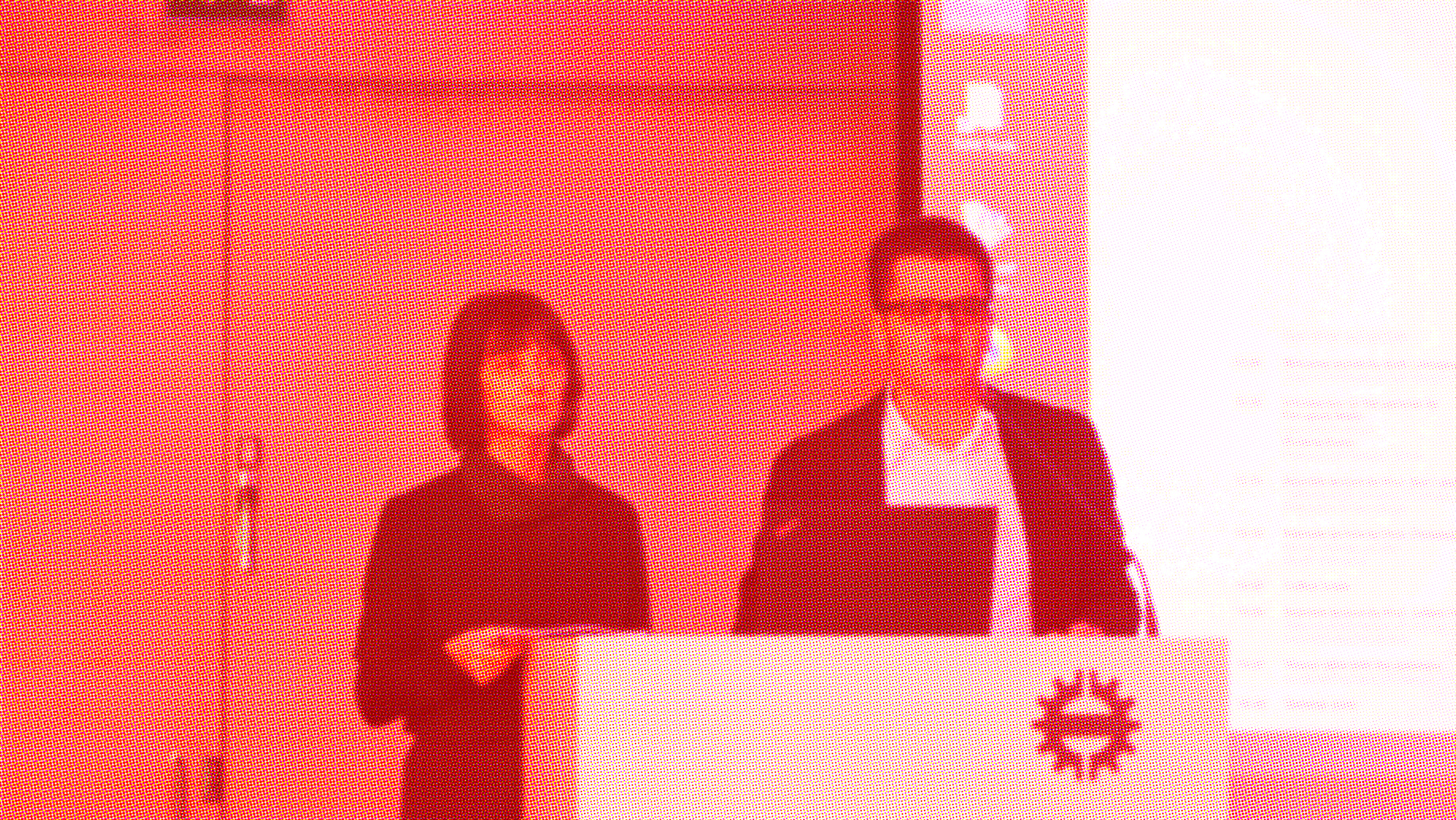
‘Our intimate life, our life in solitude, is a dialogue with all men.’
(Miguel de Unamuno)
There are no conclusive facts to which one could refer in order to demonstrate that architectural practices affect solitary living and, conversely, how loneliness is spatialised in the built environment. Although architecture as a humanistic discipline undoubtedly deals with the dual human condition of essential insularity and necessary sociability, ‘no matter what happens in the world of human beings, it happens in a spatial setting’. Likewise, given the multifaceted characteristics of the causes and consequences of loneliness, from psychological to political aspects, it seems evident that it has a tangible reflection on spatial arrangements.
Loneliness and solitude are extremely complex human feelings, which have been addressed by multiple disciplines, ranging from the social and natural sciences to the arts. The present article draws from the hybrid condition of the discipline of architecture as a synthesis of science and the humanities. Thus, it attempts to examine the architectural implications of these two unwanted and desired emotional states; and, vice versa, it seeks to relate how these feelings are manifested in the built environment.
Starting out from an act of introspection, and following the ancient tradition of ‘commonplace books’, we have collated a series of concepts that gather together other people’s ideas together with our own commentaries and reflections, as a way of stablishing a ‘dialogue with all men’. Our aim is to open a space of thought around ‘proverbial wisdom’ that relates the human feelings of loneliness and solitude with architecture theories and practices. We have grouped these fragments of knowledge under a series of terms associated with space-related manifestations – ‘Vital Space’, ‘Island’, ‘(In)habit’, ‘Sharedness’, ‘Exchange’ and ‘In-betweenness’ – which constitute an incomplete and ongoing conceptual framework around forms of individuality and community and their spatial reflection through a continuous act of ‘crowded solitude’.
Read the full article here.
